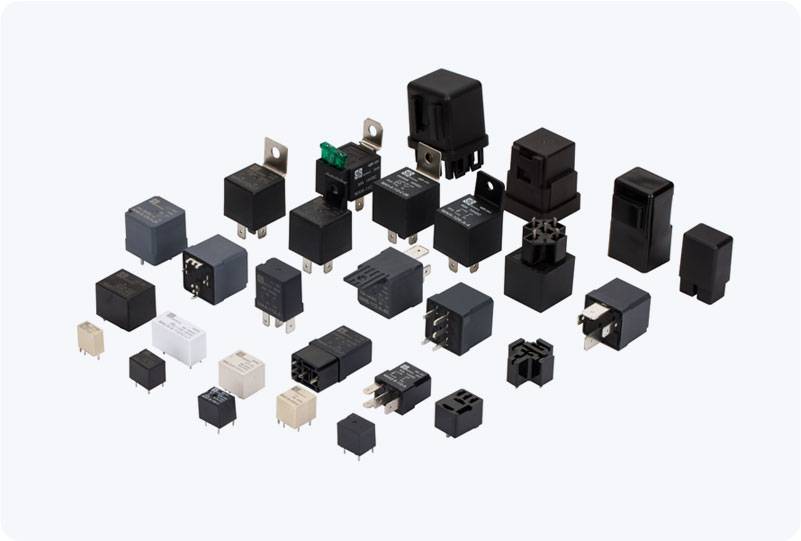In recent years, the rapid development of new energy vehicles (NEVs) has been a significant milestone in the transition towards sustainable and eco-friendly transportation. Central to the functioning of these vehicles, particularly electric vehicles (EVs), is the management of high-voltage electrical systems that power the battery packs, motors, and other key components. One such crucial component that ensures the efficient and safe operation of these systems is the High Voltage DC Relay (HVDC Relay). In this article, we will explore the role, importance, and technical challenges associated with HVDC relays in new energy vehicles.

What is a High Voltage DC Relay? A High Voltage DC Relay is an electromechanical device designed to control the flow of high-voltage direct current (DC) in electrical systems. Unlike traditional relays, which are typically used in lower voltage AC circuits, HVDC relays are specifically engineered to handle the high voltages and currents found in modern electric vehicle (EV) powertrains. These relays are responsible for switching high-voltage circuits on and off safely, enabling the flow of electricity between the battery, electric motor, and other high-voltage components. Functionality in New Energy Vehicles